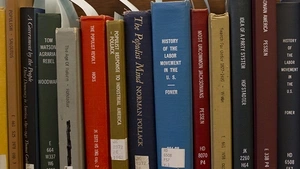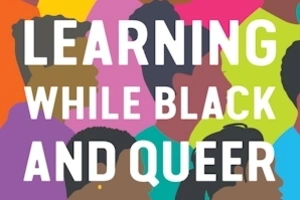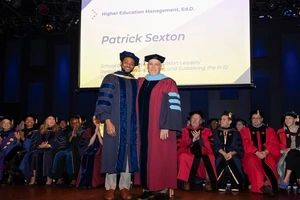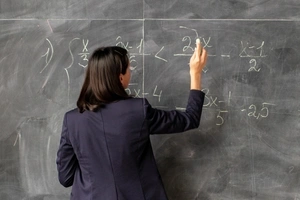Faculty Expert
History class should be a space where students learn to think and reason, not just memorize. We want students to be able to answer not only “What happened?” but “How do you know?” and “Why do you believe your interpretation is valid?” Such questions align with the Common Core State Standards, which specify that college-ready students be able identify an author’s perspective, develop claims, and cite evidence to support their analyses.
Penn GSE Professor Abby Reisman helped develop the award-winning Reading Like a Historian curriculum, which develops students’ critical thinking skills. Here are her tips for history class:
Use texts as evidence. Shifting through multiple interpretations of an event is neither natural nor automatic. Few students recognize that every historical narrative is also an argument or an interpretation from its author. Students can learn to weigh and evaluate competing truth claims, consider the author’s motive and purpose, and draw inferences about the broader social and political context. These are especially important skills in a world where information, both useful and bogus, is a mouse click away.
Develop historical reading skills. Train students in the four key strategies historians use to analyze documents: sourcing, corroboration, close reading, and contextualization. With these skills, students can read, evaluate, and interpret historical documents in order to determine what happened in the past.
Demonstrate through modeling. Students greatly benefit from seeing their teacher think aloud while reading a historical document first. A teacher should work through the text, evaluating the author’s reliability, and raising broader questions about the event in question. Eventually, students will be ready to try it on their own and in small groups.
Build a document-based lesson. Reading Like a Historian lesson plans generally include four elements:
- Introduce students to background information so they are familiar with the period, events, and issues under investigation.
- Provide a central historical question that focuses students’ attention. This transforms the act of reading into a process of creative inquiry. The best questions are open to multiple interpretations, and direct students to the historical record rather than their philosophical or moral beliefs. Most importantly, students must be able to answer this question from evidence in the document.
- Have students read multiple documents that offer different perspectives or interpretations of the central historical question. These documents should represent different genres. For example, a diary entry from a participant of an event might be examined alongside a contemporary news account.
- Have the students respond to the central historical question in writing, a classroom discussion, or both. Make sure they formulate a historical claim or argument and support it with evidence from the text.
Engage in whole-class discussion. Text-based discussions allow students to develop a deeper understanding of the subject and internalize higher-level thinking and reasoning. In effective text-based discussions, students articulate their shifting claims, reexamine the available evidence, and interrogate their classmates’ reasoning.

Subscribe to the Educator's Playbook
Get the latest release of the Educator's Playbook delivered straight to your inbox.
Media Inquiries
Penn GSE Communications is here to help reporters connect with the education experts they need.










